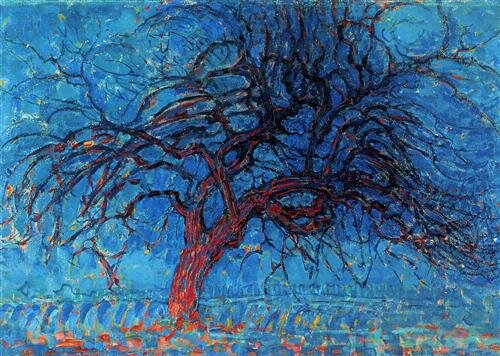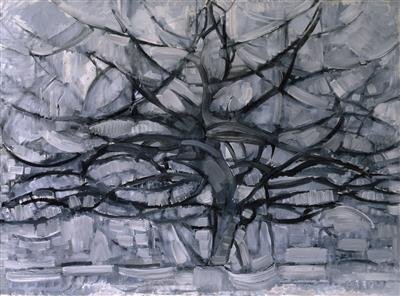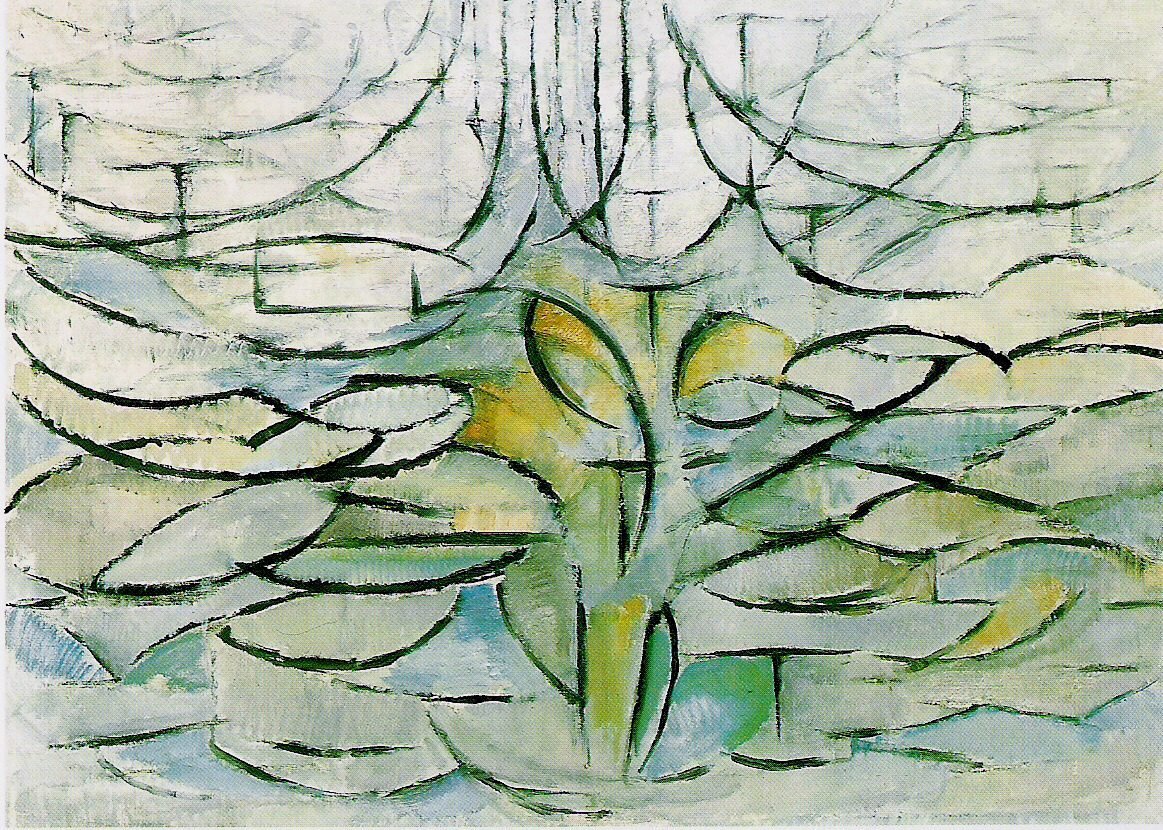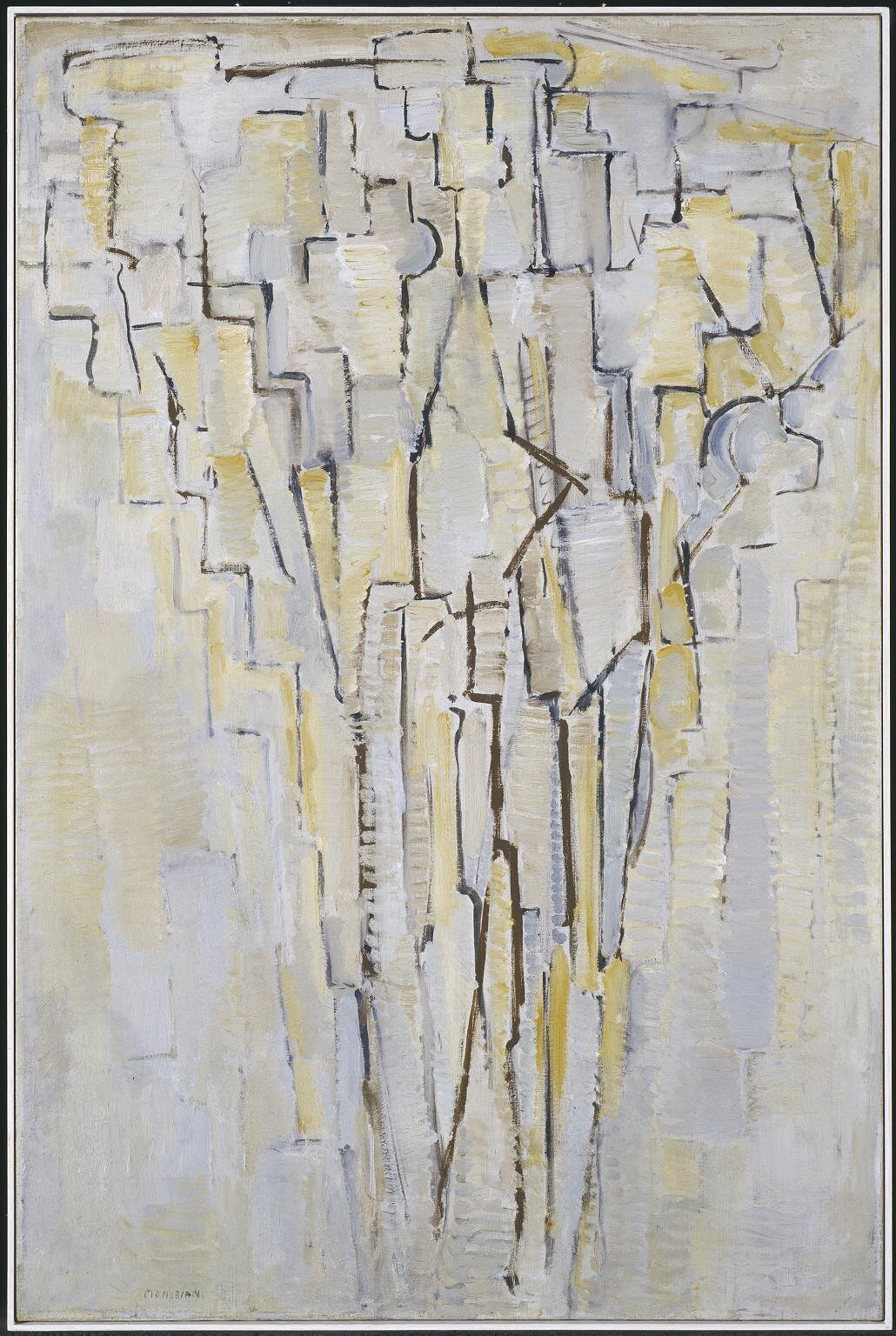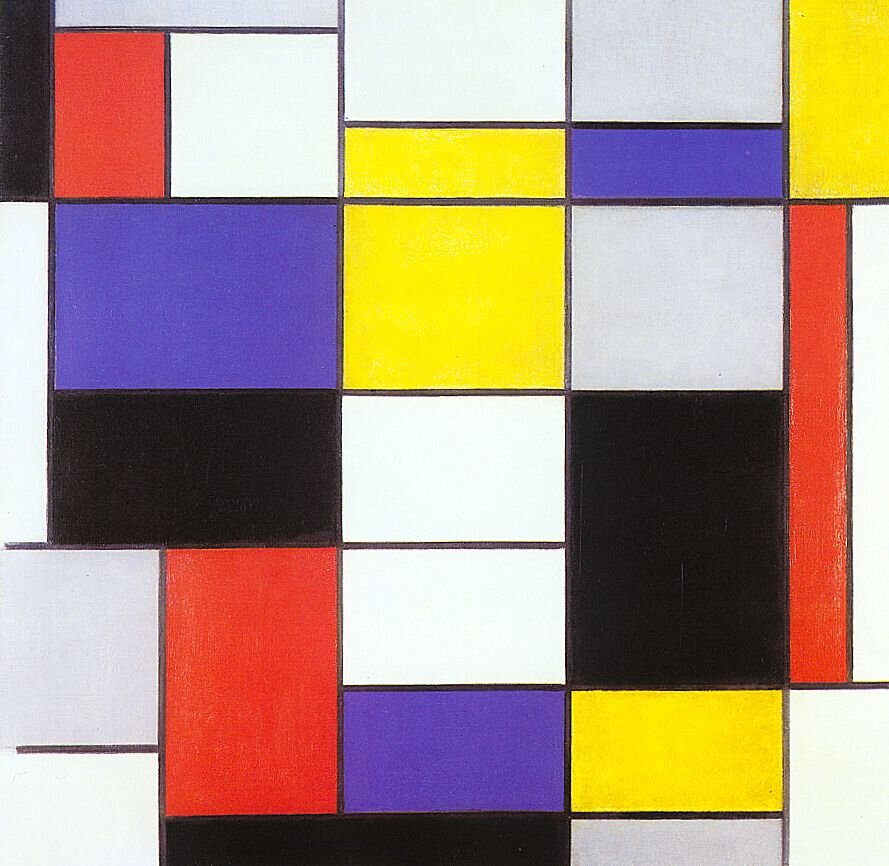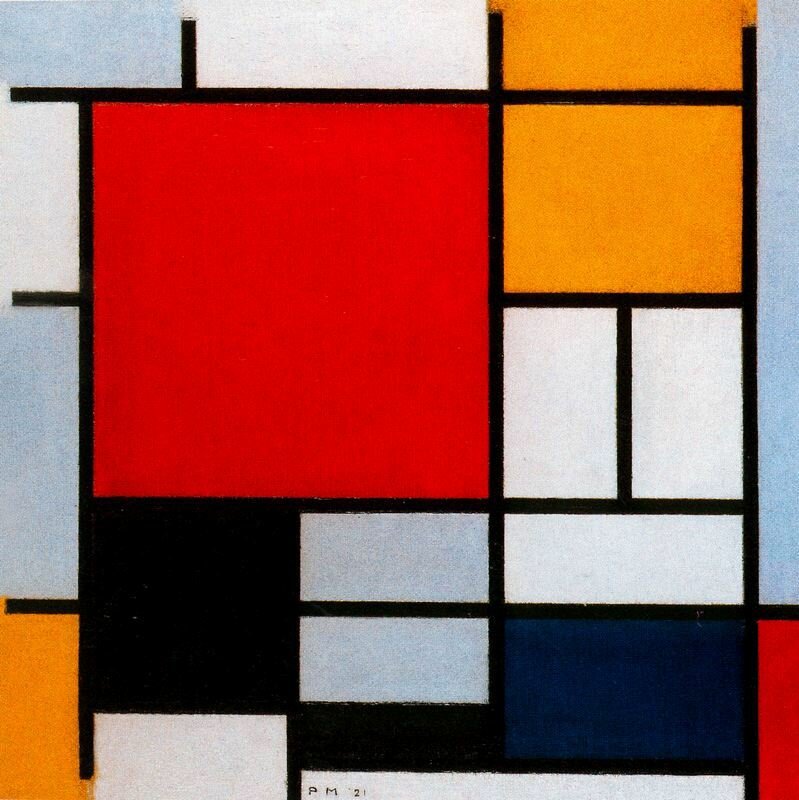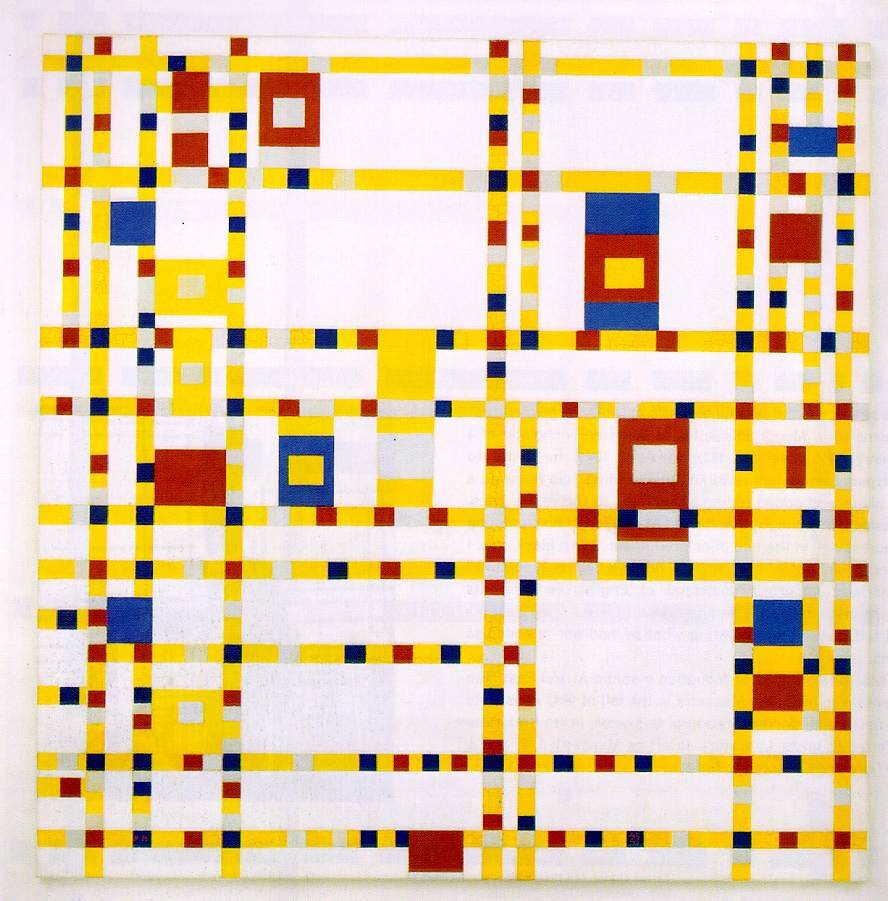Art Lesson w/ Ms. Jennifer: Piet Mondrian
Let’s express ourselves by creating a colorful composition inspired by Piet Mondrian.
About the Artist:
Born in 1872, Piet Mondrian was a Dutch painter who became famous for his abstract, geometric compositions. He began by painting realistic landscapes, but his style became increasingly abstract over time. The longer Mondrian looked at trees, buildings and vases, the more he began to paint and draw them as basic geometric shapes. Mondrian moved to Paris in 1912 after seeing cubist art and modern dance, then finally to New York, where he found inspiration from jazz clubs in Harlem and in his Manhattan studio.
Mondrian’s most well known style was that of simple geometric shapes and primary colors. After all, every shape can be created from the basic geometric shapes and every color can be created from the primaries – red, yellow and blue.
Materials:
Paper
Index card
Black crayon or marker
Crayons, Markers or paints in primary colors
Brush and water if using paintsFollow along with Ms. Jennifer by watching this video:
Watch Ms. Jennifer create her Mondrian Inspired painting here:
Instructions:
Begin laying the index card on your paper, parallel to the edges of the paper.
Trace around the card with a black crayon or marker.
Move the card around your paper, always keeping the edges parallel or straight.
Overlap rectangles to create squares and other shapes.
When you are happy with the composition, begin to add primary colors.
Add sections of yellow, red, and blue until you are happy with the composition.
For Doodlebugs Ages 2-5:
Materials:
Paper squares in red, yellow, and blue
Thin strips of black paper
White paper to use as the base of a collage
Glue or gluestick
Instructions:
Allow your artist to move the black strips around on the white paper, then glue into place.
Begin arranging the colored squares, naming each color as they use it.
Arrange the squares how they like, then begin to glue them into place.
Music by Bensound.com

